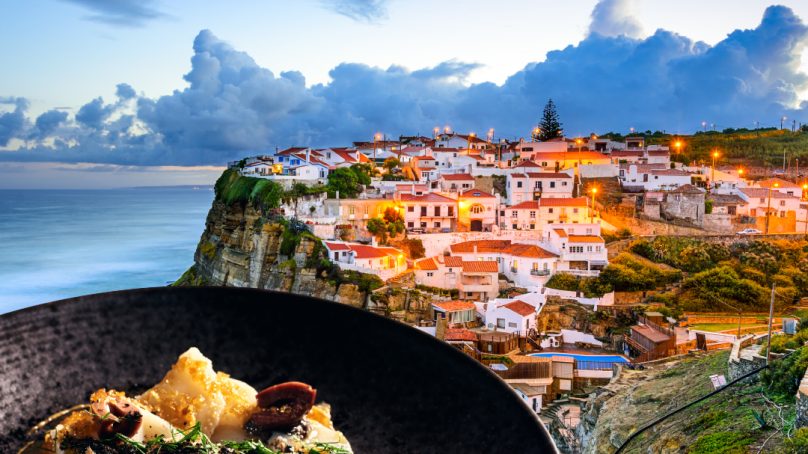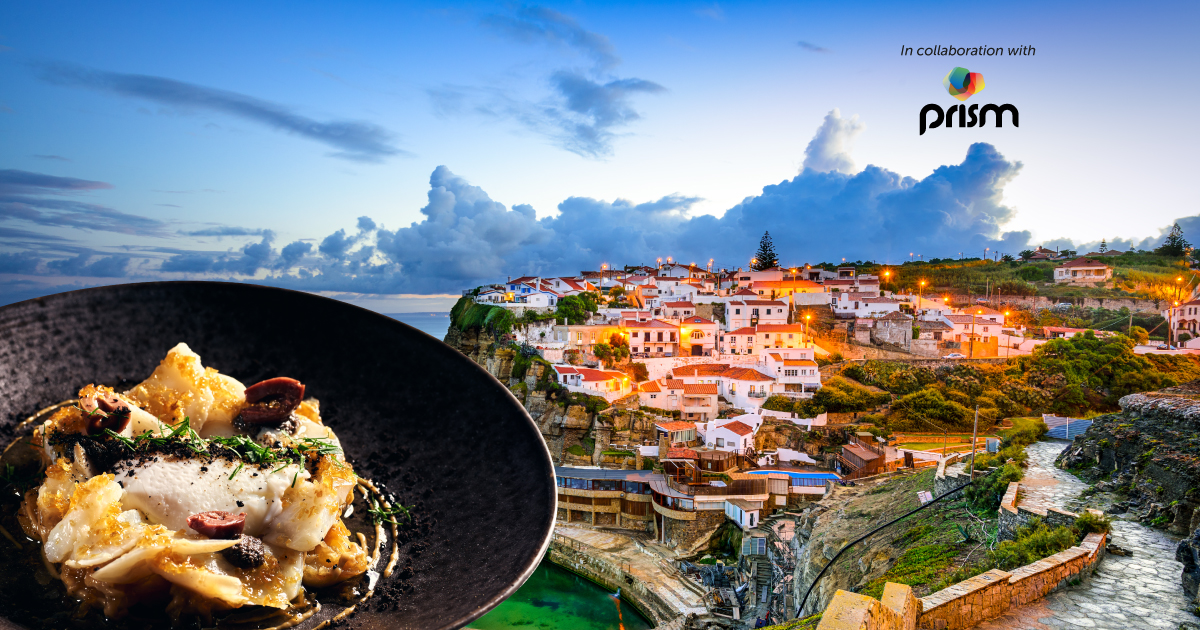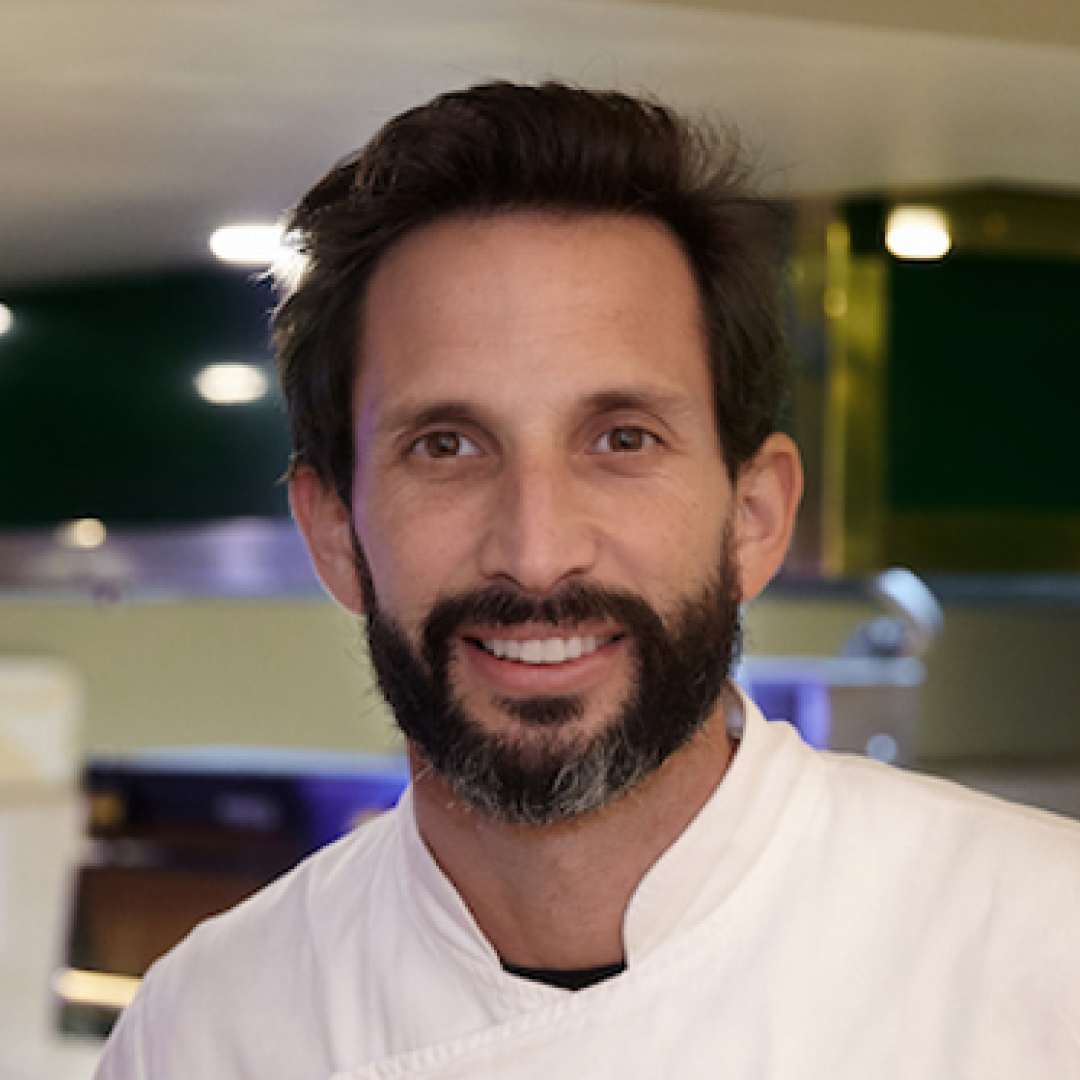

Portuguese cuisine is as contrasting, rich and varied as the country’s landscape, traditions and history. By the 12th century, the territory had already been populated by several Celtic peoples, integrated in the Roman Republic, colonized by Germanic people and conquered by the Moors, all of whom left their mark on Portugal’s culture and heritage. In the 15th century, Portugal began a period of maritime expansion that extended its reach to Africa, Asia, Oceania and South America. These connections have helped to shape Portugal’s cuisine, which is Mediterranean based, but includes ingredients and techniques from other continents. At the same time, our unique geography has also influenced our traditions and gastronomy on a region-by-region basis.
Portugal has a wide variety of landforms, climatic conditions and soils, and each region is known for different products, from olive oil and cheese to meat and vegetables, and dried fruits. Our long coastline also explains why fish and seafood is a culinary flag.
Nature’s wonders in the north
The region between Douro and Minho is marked by geographical contrasts, with the Atlantic coast and mountain interior and valleys crossed by rivers. The fertile soil here provides varied and abundant products, with the vineyard omnipresent. It is here that the unmistakable Portuguese vinho verde is produced.
The region of Trás-os-Montes and Alto Douro, meanwhile, presents a wealth of natural resources. Here, too, viticulture plays a central role, while the gastronomy features unique combinations. These include Mediterranean staples, such as bread, olive oil and wine, and those of the Atlantic, including chestnuts and rye. You also find cattle here, from the native bovine breeds to the Bísaro pig.
Perfect for pasturing
Unsurprisingly, fishing was the main source of livelihood for centuries in the coastal region of Beira Litoral. The stews have a captive place here and the seafood rice is a key dish of the region. Among the mountains, the Serra da Estrela range offers abundant pasture for the Bordaleira sheep, whose milk is transformed into the area’s namesake cheese.
Estremadura e Ribatejo is a fertile region, as is evidenced by its abundance of fruit, vegetables, cereals, olive oil, wine and fishing activity. The omnipresent cod is typically the star of the show, while dessert recipes include the renowned Rio Maior sponge cake and rock pear, which has lent its name to the famous drunk pear, cooked in wine, with sugar, cinnamon and lemon.
From fresh pargo to pork
As expected, the capital city of Lisbon is urban and modern, but also retains plenty of tradition. Its cuisine is lavish in both small fish dishes, such as our iconic sardines, horse mackerel and pout, and larger ones, including cherne, pargo, bream and sole. These are usually prepared simply, by either grilling or baking. Here, the cod is served Brás style, com grão (with chickpeas) or in pataniscas (coated in batter and deep-fried). in the traditional pasteis, which are found in almost all the cafes of the city. Desserts include what has undoubtedly become an iconic sweet treat globally, the pastel de nata, made from a recipe of conventual origin.
The largest region in Portugal, Alentejo is home to undisturbed plains and offers ideal climatic conditions for growing wheat, oats, barley and sunflower, earning it the nickname ‘the granary of Portugal.’ Its olive oil has also achieved worldwide fame. While Alentejo’s cuisine is regarded as simple and modest, in many ways, the reality couldn’t be farther than the truth. Aromatic herbs spanning coriander, pennyroyal, oregano, mint, basil and sage bring rich aromas and subtle flavors rooted in Arab cuisine to a typical Alentejo table that features bread, olive oil, olives, goat’s cheese and Iberian pork sausages.
Coastal culinary connections
Algarve, meanwhile, is known for its sea-related activities and connections, with fishing, aquaculture, sea-salt production and an old canning industry among its highlights. Mackerel, hake, sardines, shrimp, crayfish, octopus and clams dominate the catches. The best recipes are those of fishermen, who have perfected the way to preserve the taste of fish and seafood, grilling them slowly on charcoal. The Arab heritage is particularly evident in the region’s desserts, as seen by the presence of nuts, such as almonds, and figs, locally produced honey and fruit jams.
When it comes to our islands, Madeira is known for its simple, but unique cuisine. The climate allows the cultivation of tropical species, such as anona, mango, banana and sugarcane, alongside potatoes, corn, wheat, beans and fruit trees. Its longstanding tradition of fishing means recipes with tuna, swordfish and mackerel are always popular. Across in the Azores, meanwhile, dishes that are common to all the islands include stewed octopus with aroma wine and pork stews.
All about the flavor
The cooking techniques used in Portugal vary from region to region. Grilling is a popular method used for seafood and meats, especially with sardines, for example, which can be cooked over charcoal to release a distinctive smoky flavor. Baking is a popular choice for meat and our dominant cod dishes, and, of course, our bread and pastries, while slow stewing allows for flavors to meld in our famous fish and meat stews. Roasting is a popular technique used for delicacies such as suckling pig and chestnuts in the autumn, when they’re in season.
Old meets new
Alongside this renowned range of regional, traditional delicacies, Portugal’s culinary offerings have expanded in terms of diversity and supply on the back of tourism growth in recent years.
A rise in the number of high-quality restaurants has given Portuguese cuisine greater visibility, including international recognition, as evidenced by the number of Michelin-starred venues, for example. There is also a greater focus on training chefs and professionals in schools and restaurants, which has raised the technical level and generated new talent, helping to bring added creativity and innovation to kitchens.
We are seeing different varieties of vegetables, herbs, shoots and flowers gaining prominence, as well as lesser-known citrus fruits, mushrooms and condiments being introduced in recipes, bringing
new dimensions in textures and flavors. Producers are also supplying more quality products to meet demand.
The topical issue of sustainability is also being given more attention, fueled by greater demand for local, seasonal and organic ingredients from local producers. These are being supported by measures implemented to optimize energy consumption and minimize waste.
I am confident that we will continue to witness the rediscovery and growing appreciation of our culinary traditions, ingredients and recipes, in line with a broader drive underway that is strengthening Portuguese identity and culture. Investment and the development of tourism outside of major cities will continue to deliver new opportunities for the industry, as will the arrival of visitors who bring their own traditions, experiences and knowledge.

José Avillez,
Chef at Grupo José Avillez
joseavillez.pt
@joseavillez
@tascadubai


















